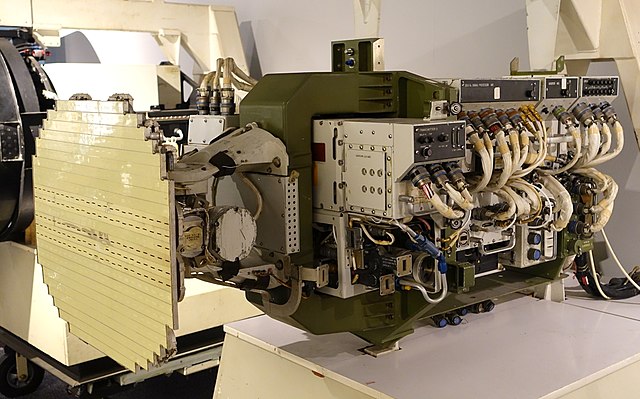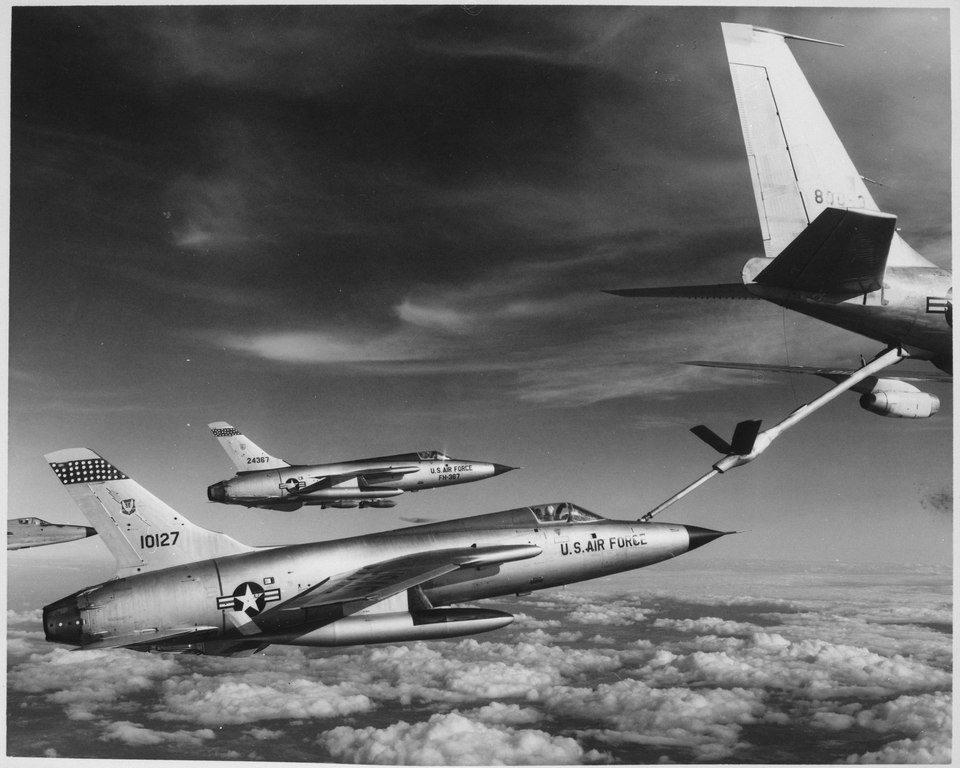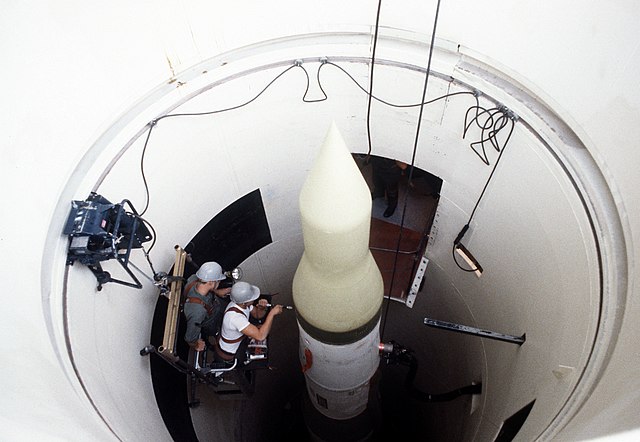How Phased Array Radars Work: A Comprehensive Guide
Phased array radar systems are critical components in modern military aviation, combining the intricacies of electrical engineering and materials science. This guide seeks to provide an in-depth look into the operational mechanics and intricate hardware infrastructure that grants these systems their agility and precision.
Technical Overview
Phased array radar systems consist of an assembly of antennas operating in unison. Each antenna is capable of emitting signals with individually controlled phases. This facilitates the formation of a highly directional radar beam, capable of tracking and scanning multiple targets concurrently, a substantial edge in modern military operations.
Operational Dynamics
To fully grasp the operational dynamics of phased array radars, it’s imperative to understand the concept of ‘phase.’ A ‘phase’ refers to a specific stage in the cycle of a wave; manipulating the phase of the waves emitted by each antenna allows for electronic control of the radar beam’s direction, eliminating the need for mechanical movements. This phase control enables the swift transition of focus between different areas, aiding in multi-faceted operations such as tracking, search, and electronic countermeasures, vastly improving response times compared to mechanically steered radars.
Material Science: Crafting the Antenna Array
Advancements in material science have been pivotal in the evolution and efficiency of phased array radar systems. High-frequency integrated circuits, central to these radar systems, are constructed using materials like gallium arsenide and silicon germanium, enabling the development of compact, yet potent antenna arrays.
Computational Backbone: The Epicenter of Processing Prowess
The formidable computational infrastructure of phased array radar systems is tasked with processing vast data streams with high precision. Below, we dissect the complex hardware infrastructure that forms the backbone of these advanced systems:
Hardware Infrastructure
The hardware infrastructure of a phased array radar system is an intricate network of components, meticulously engineered to process and analyze data at astounding speeds. Here, we detail the vital hardware components:
- CPUs (Central Processing Units): Specifically designed to meet the high demands of radar systems, CPUs can conduct numerous parallel computations, facilitating rapid data processing and enabling real-time responses.
- GPUs (Graphics Processing Units): While initially developed for image rendering, GPUs have been integrated into radar systems for their proficiency in parallel processing, a feature instrumental in the rapid analysis of data streams generated by radar systems.
- Digital Signal Processors (DSPs): These are microprocessors proficient in handling the complex mathematical operations fundamental to signal processing. Their incorporation into phased array radar systems permits faster and more efficient data analysis, enhancing real-time tracking and target identification capabilities.
Software and Programming Languages
In the software domain, programming languages like C and C++ are prevalent due to their ability to offer low-level control and high execution speed. These languages are augmented with specialized libraries that facilitate signal processing and data analysis tasks, fostering a robust and adaptable software environment.
AESA vs PESA: A Comparative Analysis
To further enhance our understanding, let’s delineate the differences between Active Electronically Scanned Arrays (AESA) and Passive Electronically Scanned Arrays (PESA):
- AESA (Active Electronically Scanned Array): AESA systems incorporate individual transmitters and receivers for each antenna element, providing greater agility in beam steering and frequency management. This configuration also offers increased system lifespan and reduced signal loss, enabling higher resolution imaging and improved target discrimination.
- PESA (Passive Electronically Scanned Array): In contrast, PESA systems employ a single transmitter and receiver, which are linked to the antenna elements via phase shifters. While simpler and potentially more cost-effective, PESA systems suffer from limitations in frequency agility and a higher chance of signal interference, which can compromise operational effectiveness.
Conclusion
Phased array radar systems signify a critical advancement in military aviation technology, illustrating a seamless amalgamation of materials science, sophisticated hardware, and software infrastructure. By dissecting their foundational principles and exploring their operational intricacies, we appreciate their potential and capabilities. As we move forward, these systems continue to redefine radar technology standards, promising unparalleled levels of precision and capability in modern military engagements.



